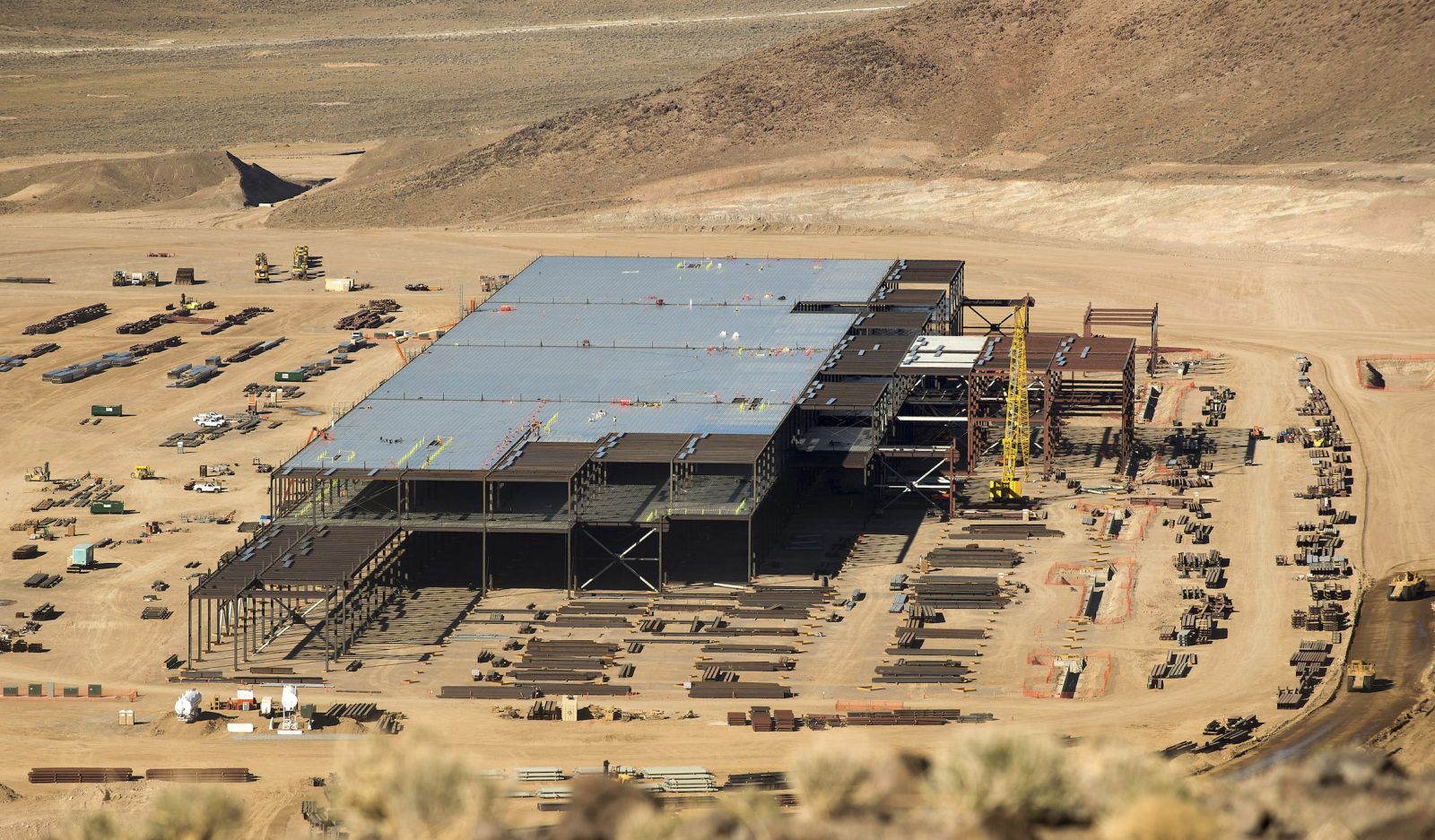Tesla’s cheaper, more powerful battery cell is the perfect embodiment of its factory model
Tesla realized early on if it was going to be the first major US carmaker in more than a century to succeed, it was going to need a serious competitive advantage. A cheaper and more powerful battery was the play. On Jan. 4, Tesla announced its big bet was finally rolling off assembly lines.


Tesla realized early on if it was going to be the first major US carmaker in more than a century to succeed, it was going to need a serious competitive advantage. A cheaper and more powerful battery was the play. On Jan. 4, Tesla announced its big bet was finally rolling off assembly lines.
The first of Tesla’s new cells, manufactured with Panasonic at its Nevada Gigafactory, are now under production for the company’s energy storage products. Vehicle cell production for the Model 3 is slated to begin during the second quarter of the year. By 2018, the Gigafactory is expected to produce 35 GWh/year of lithium-ion battery cells annually, about twice global production today.
The new 2170 battery cell, named after its 21 mm by 70 mm dimensions, is thicker and taller than the ‘18650’ cell format it replaces, which has served as the standard lithium-ion format for decades. Tesla tailored the 2170 cell to deliver higher energy density through an automated manufacturing process it designed with Panasonic to save costs.
The company claims to have beat the competition on two of the most important factors for batteries: cost and energy density (packing the most energy into the smallest valume). “We have the best cell in the world that is also the cheapest cell,” Tesla CEO Elon Musk said in November, although the competition—Faraday Future (using LG Chem cells) and Lucid Motors (using Samsung SDI and LG Chem)—disagrees, reports Electrek (independent analysts have yet to crown a victor).
By rethinking the battery from “first principles of physics and economics,” as Musk likes to say, the 2170 cell is the perfect embodiment of the “factory” philosophy Tesla is pursuing. In July, Musk told reporters that Tesla concluded it had to reinvent its factories, “the machine that builds the machine,” to make products that would achieve the necessary cost savings. ”If we take creative engineers and apply them to design the factory, they make five to 10 times more headway than improving the product itself,” said Musk after a tour of the Gigafactory for journalists. A mass-market electric vehicle such as the Model 3, scheduled to sell for $35,000 later this summer, will need to undercut Tesla’s existing vehicle prices by 50% to 100%. As a result, explained Musk, “the majority of our engineering effort is going into engineering the factory as a product itself.”
Tesla aims to radically rethink its factories’ architecture and design to realize massive cost savings without inventing something new (such as battery chemistry). The Gigafactory’s size belies this iterative, incremental approach. Slated to become the largest building in the world, the Gigafactory has proceeded in phases. It’s only 30% done, occupying 4.9 million square feet of operational space across several floors, but each new phase of the factory will integrate improvements from the last.
Tesla hopes that initiates a virtuous cycle. Automation and efficient design lower costs, cheaper cars spur sales, and profits are reinvested in yet more efficient factories, ultimately, as laid out in the 2006 Master Plan, transitioning the world to sustainable energy. A world, it hopes, is powered by Tesla’s own batteries.